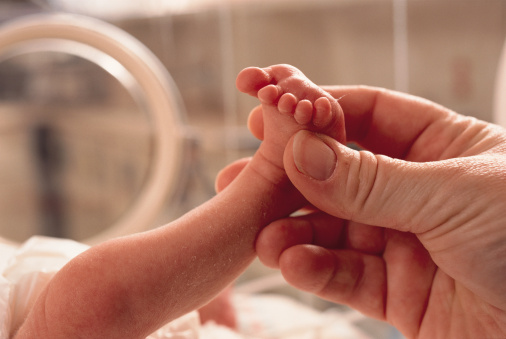Prevent Group B Strep
Tool for Neonatal Providers
 In August 2019, the American Academy of Pediatrics published a new clinical report, "Management of Infants at Risk for Group B Streptococcal Disease." This report details acceptable management approaches to assessing risk of neonatal GBS disease and replaces prior guidance published by CDC.
In August 2019, the American Academy of Pediatrics published a new clinical report, "Management of Infants at Risk for Group B Streptococcal Disease." This report details acceptable management approaches to assessing risk of neonatal GBS disease and replaces prior guidance published by CDC.
- More Tools
- Current Page
- Tool for Obstetric Providers
- Antobiotics Regimen





 Describe Your Patient
Describe Your Patient Back
Back